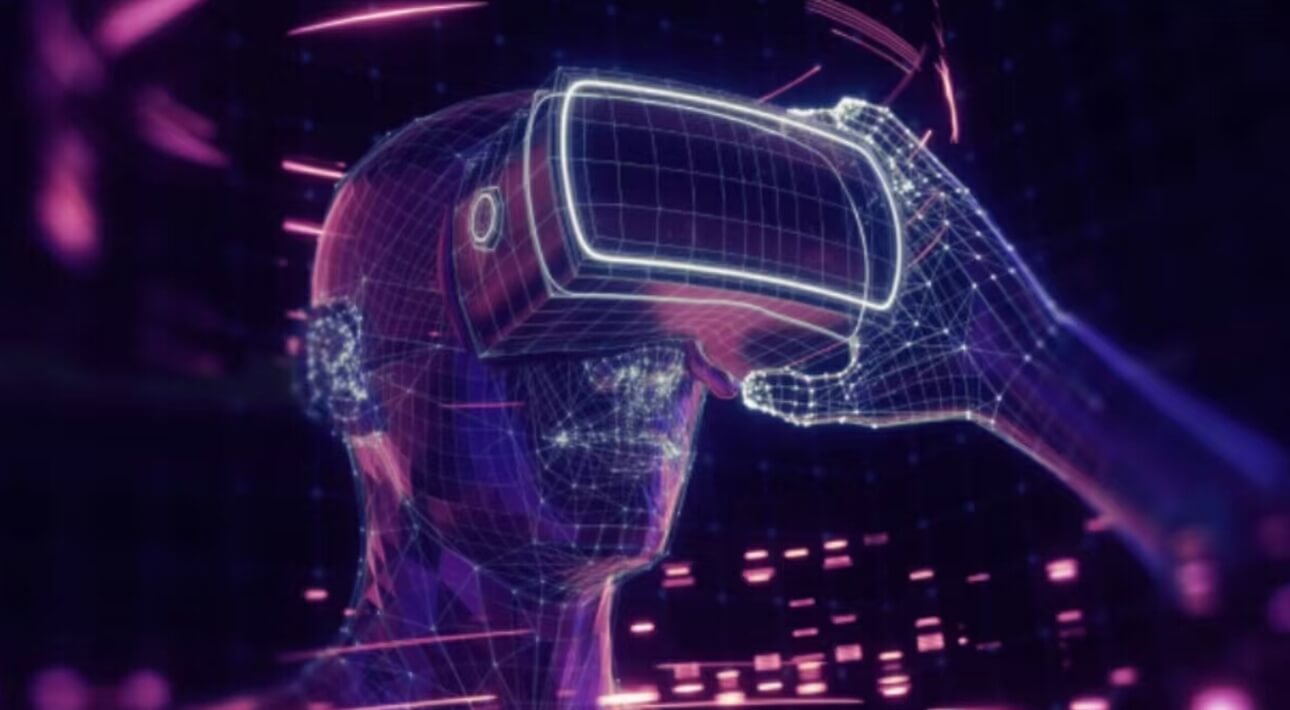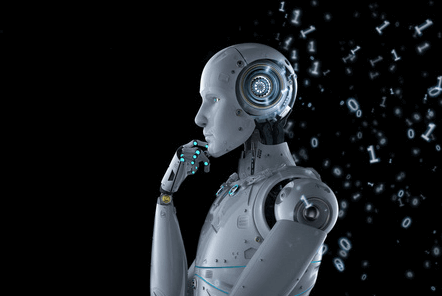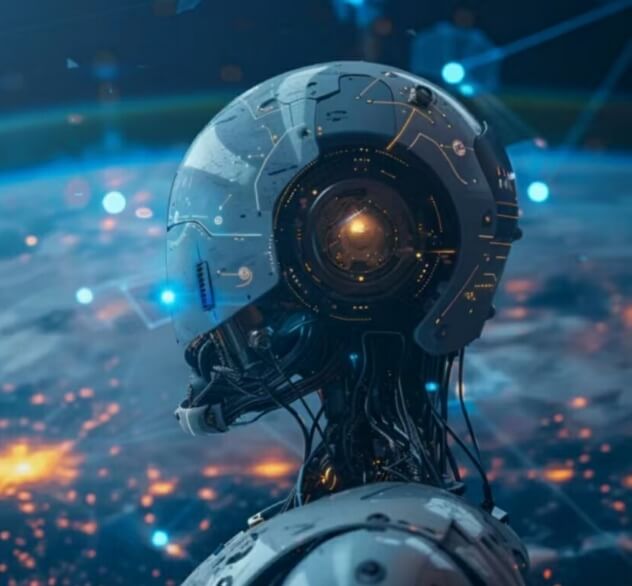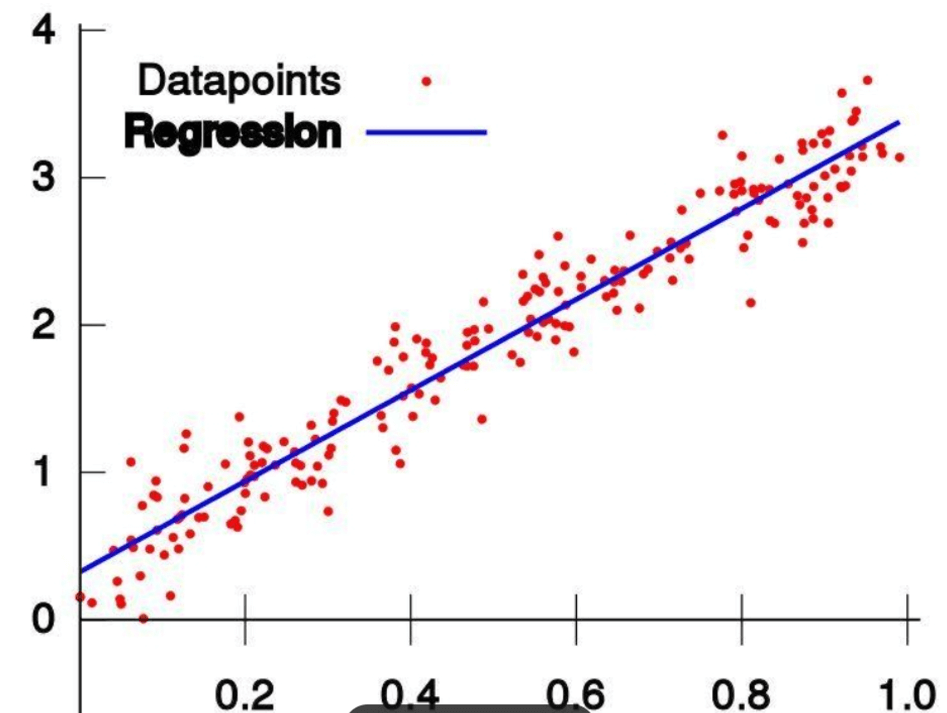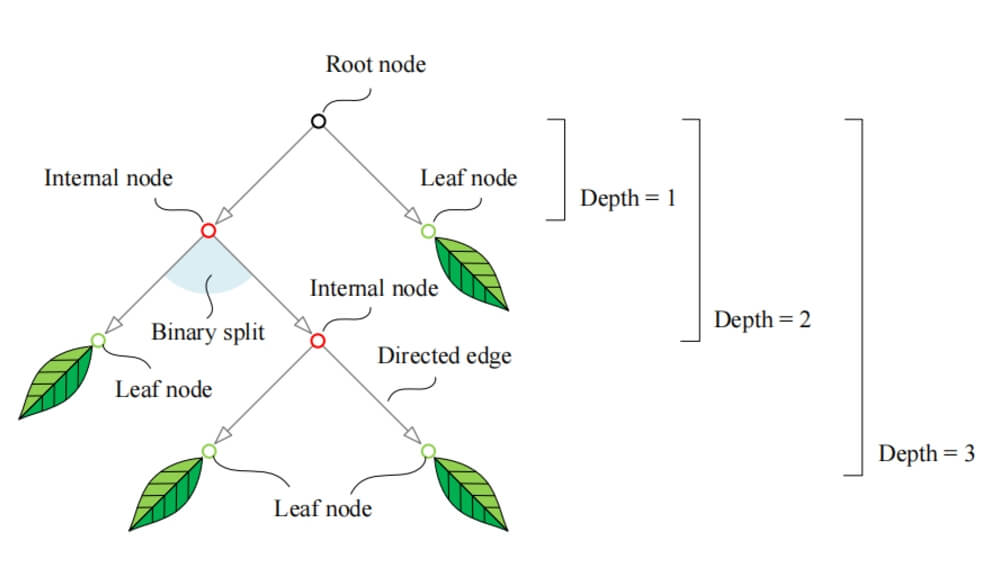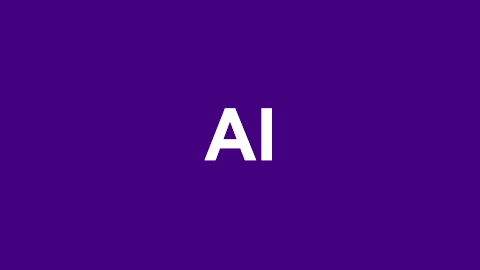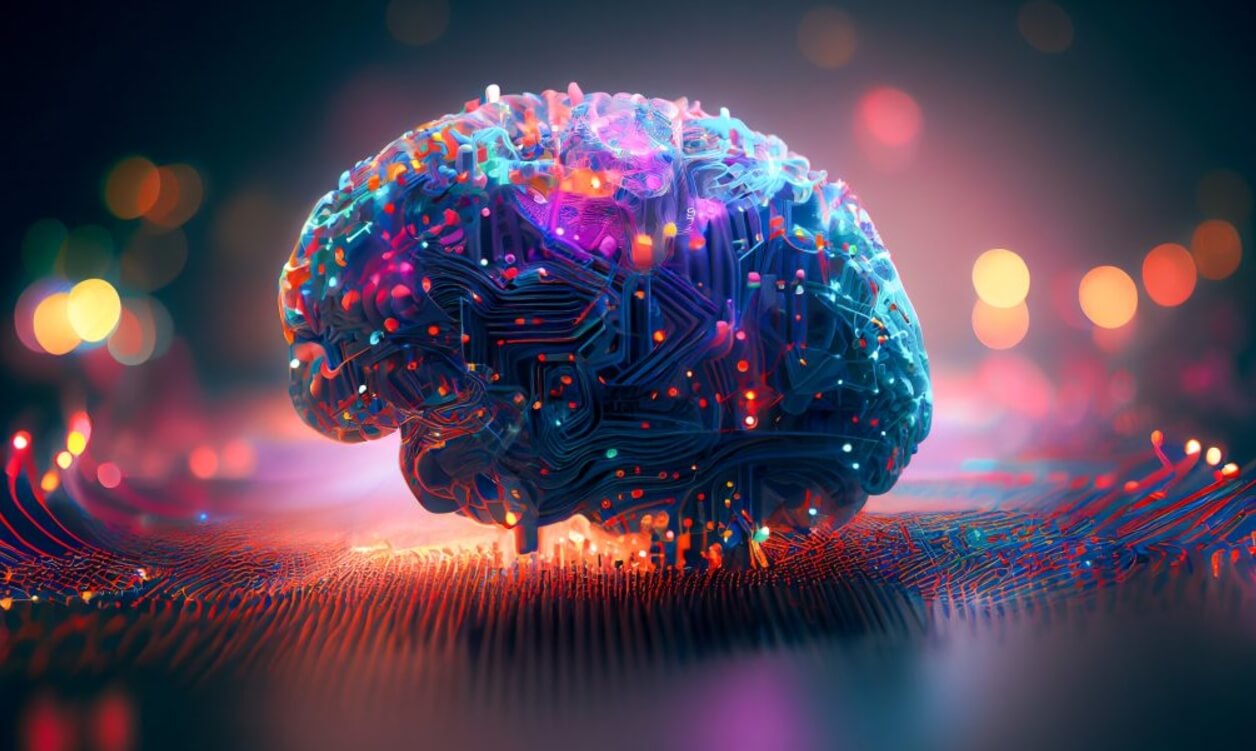Recently, OpenAI launched Canvas, a new interface for directly writing and coding projects within ChatGPT. Many are curious whether it surpasses Claude Sonnet 3.5 Artifacts.
The answer is no.
The reason is clear: Canvas uses the GPT-4o model, which doesn’t code as well as Claude Sonnet 3.5. While Canvas offers useful features like user collaboration and version control, it lacks essential tools such as code preview.
Currently, many people use Claude to create their first applications, including niche apps with a small audience, internal tools for small businesses, and quirky apps for fun.
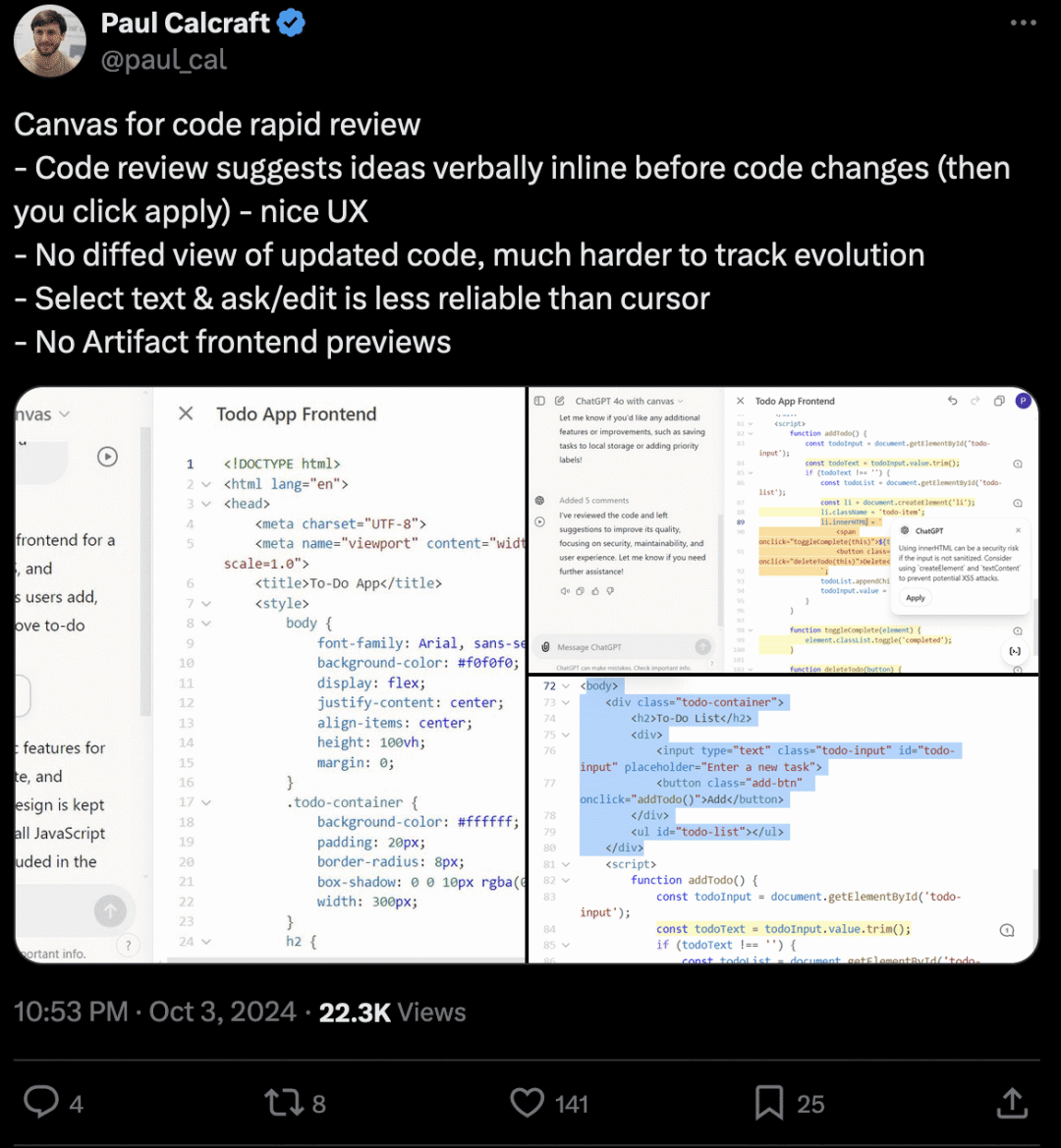
For example, a user recently tried visualizing a dual monitor desk setup to see how adjacent monitors worked together. In just a few interactions, Claude created a fully functional app for this purpose. Although the app isn’t particularly exciting, that’s the point—users find it unworthy of their time to code such a low-interest app themselves, but with Claude, it took less than five minutes, turning it into a valuable tool.
Thus, the competition in AI-assisted app creation boils down to speed and personalized solutions.
1. Canvas is Good, But Artifacts is Better
Beyond quick software building, users have reported how Claude Artifacts helps them learn coding. One developer trying to learn coding said he gained a deeper understanding of previously hard-to-grasp concepts by seeing how projects are actually put together.
“For me, one of the hardest things is self-learning because I’m a conceptual learner. I need to understand the whole idea and dive into it. Or I start from one part and build like a snowball of knowledge, which is usually a collaborative method, so doing it solo is challenging.
“But with Claude, I had a great time; the only limitation was the reply limit per session,” he added.
Industry media AIM also tested Artifacts and created a cricket quiz game, Temple Run, and Flappy Bird—all with just a single line of English prompts. “On-demand software is here,” said Joshua Kelly, CTO of the healthcare tools company Flexpa. Using Artifacts, he built a simple stretching timer app for his runs in just 60 seconds.
With Artifacts, anyone can now create simple applications that can be shared with users. This shift means we are slowly moving towards a phase where everyone will become an app developer—all thanks to Artifacts.
Even without considering Artifacts, Sonnet 3.5 alone has proven to be a better choice for coding than most other models.
2. Claude 3.5, a Developer's Favorite
A few weeks ago, an electrician with no software development experience used Claude 3.5 Sonnet to build a multi-agent JavaScript app. The developer named it Panel of Expert (POE), which uses multiple AI agents to handle queries in a multi-step process, all done by defining prompts in a high-level manner.
This is just one example. Many users praise Claude Sonnet 3.5’s coding abilities. A developer on Reddit said it’s absolutely remarkable. “Its coding capabilities have impressed me. It feels like my productivity has increased by 3.5 times over the past few days. I’m amazed at what I’ve managed to ship, thanks mainly to Claude,” he added.
Experienced developers also praise Claude’s programming skills and its ability to relieve mental fatigue. A developer with over 40 years of experience mentioned that having a tool like Claude is an incredible asset.
Users also report that Claude Sonnet is one of the few models capable of handling large projects. Hence, Sonnet is often compared to a mid-level engineer with infinite memory.

Claude Sonnet excels not only in delivering working code in a few interactions but is also regarded as one of the best for debugging. Liu Grey, a data scientist from Austria, mentioned on X that Sonnet fixed a bug instantly, improved her rendering pipeline, and doubled the update rate without increasing CPU, GPU, or memory usage.
3. Inference: o1
The OpenAI o1 model is generally considered one of the best for inference. However, a few days ago, a user applying reflection techniques on Claude Sonnet 3.5 achieved better inference results than o1, shifting the balance.
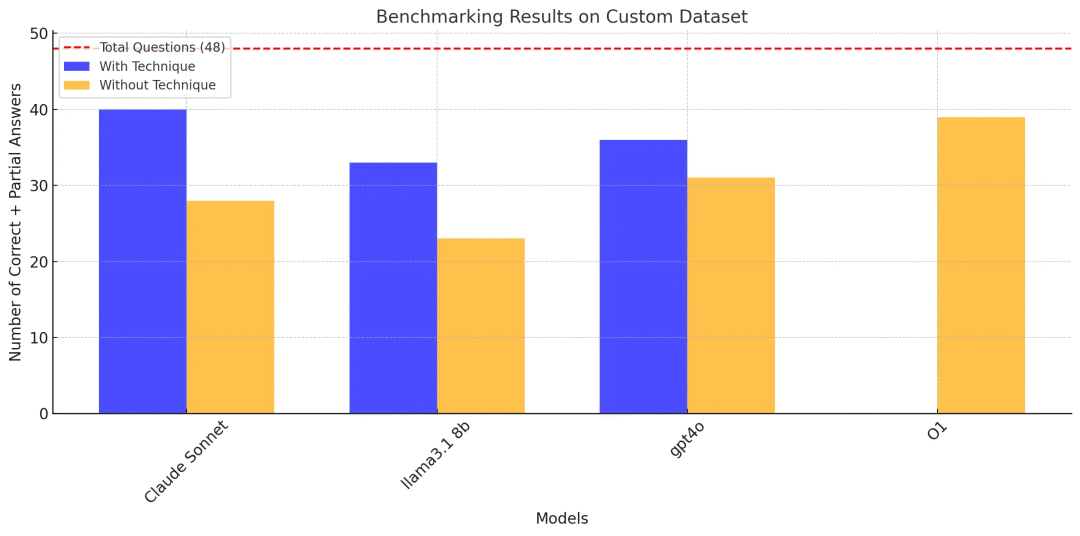
Developers are pushing Claude to its limits. A prime example is the open-source VSCode extension for Claude, known as Cline (formerly Claude Dev), which is regularly updated. One user mentioned that with zero coding knowledge, he successfully built a web app in just one day.
The situation is now clear. Developers favor Claude Sonnet and are building solutions around it. OpenAI is, of course, working to catch up with tools like Canvas for its developer audience, but the impact isn’t yet visible.
On the other hand, Anthropic is also focused on providing the best experience for developers through initiatives like Projects and Artifacts, creating a win-win situation for developers and companies alike.
4. In Conclusion
Canvas and Artifacts represent the next stage of development for AI chat platforms and assistants. The next phase of this “interface battle” will likely see other platforms explore how to keep users engaged within the platform, instead of switching to other specialized windows for different tasks.
Reference Link: Analytics India Magazine
